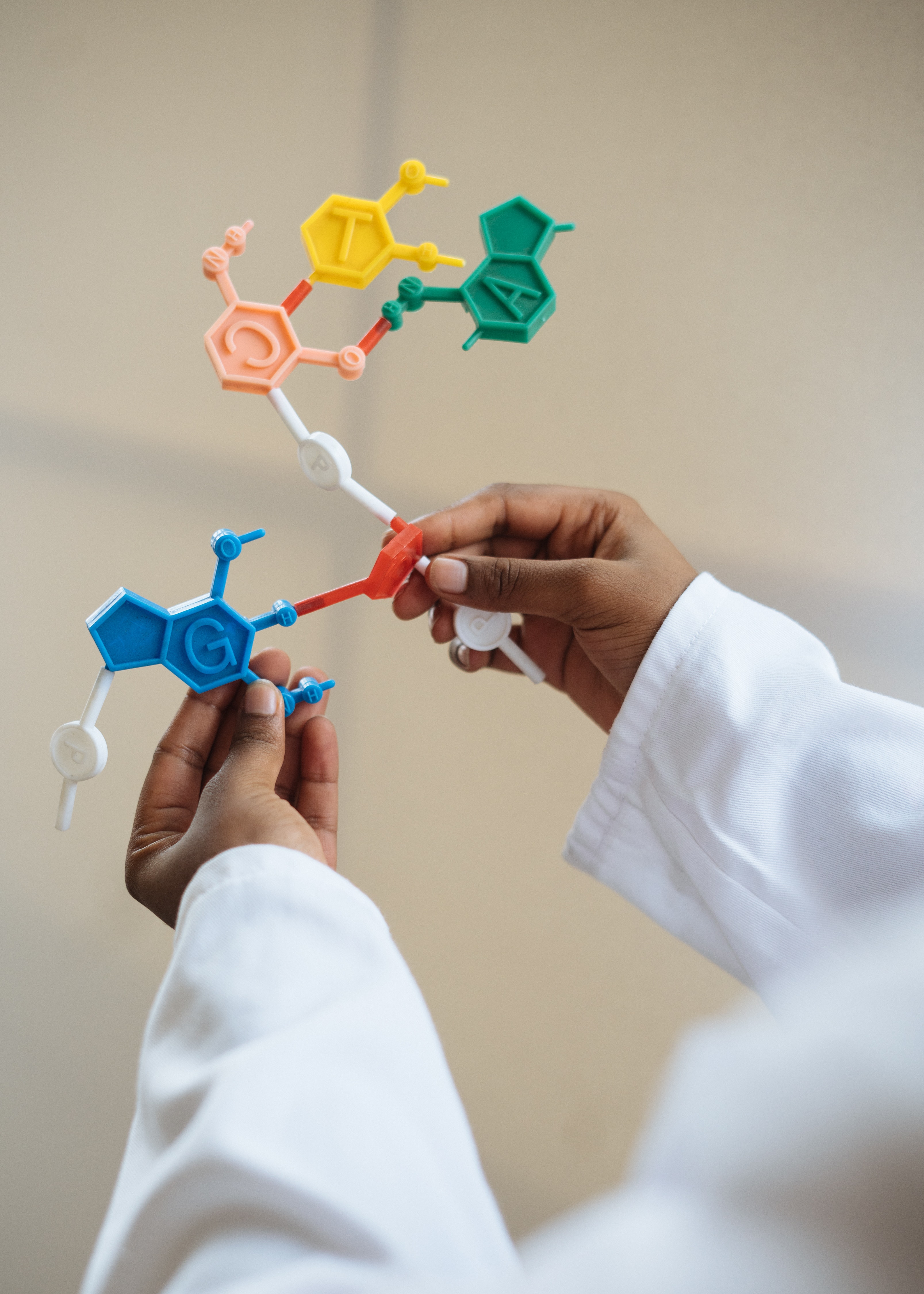Interactions in plasticizer mixtures used for sugar replacement

As the world grapples with the ever-increasing plastic waste problem, researchers are exploring new ways to reduce the use of traditional plasticizers. Among these alternatives are biodegradable polymers, which can be derived from natural resources like agro-polymers or plant-based chemicals. These eco-friendly materials are gaining traction in industries like food packaging, surgery, and pharmaceuticals, where edible and biodegradable polymer films are becoming popular. However, using natural-based polymers as plasticizers presents some challenges, and finding the right balance between polymer matrix crosslinking and plasticizer addition is crucial to ensure optimal properties. The search for innovative and sustainable solutions in this field is more important than ever, and the findings of this research are sure to spark curiosity among those seeking a greener future.
The widespread use of plasticizers to make plastic products flexible has created a growing concern over their impact on the environment and potential health risks. As a result, researchers are exploring alternative biodegradable plasticizers, but developing them poses significant challenges. Plasticizers are crucial in improving the properties of plastics, such as conductivity and fire resistance, but not all plasticizers are safe or eco-friendly. However, a recent study has shown that zein and soy protein isolate could be potential plasticizers for biodegradable films made from corn starch. These materials improved the flexibility and mechanical strength of the film while significantly reducing water vapor permeability. This research provides a promising solution to the environmental and health issues posed by traditional plasticizers and encourages further exploration into sustainable materials.
The development of biodegradable plasticizers presents several challenges, including achieving optimal mechanical properties without sacrificing biodegradability and finding efficient and cost-effective manufacturing methods. However, the urgency to find sustainable alternatives to traditional plastics has led to the increasing popularity of biodegradable plastics made from natural materials such as polysaccharides and proteins. Polysaccharide films made from materials like starch, alginate, and cellulose ethers have proven useful in creating biodegradable plastics due to their ability to block gases. Starch can be blended with biodegradable plasticizers like ethanolamine to avoid brittleness, making it a more versatile option. Edible films made from proteins can be strengthened with plasticizers like fatty acids and polyols. Biodegradable polymer blends using poly-β-hydroxyalkanoates (PHA) have been developed for faster degradation, with PHB and PHBV being used in biodegradable plastic production. Additives like dodecanol, lauric acid, and trilaurin can accelerate PHB film degradation, making PHA an ideal material for a wide range of applications. The development of these materials and formulations is crucial in creating sustainable alternatives to traditional plastics.
In conclusion, the environmental and health concerns surrounding plasticizers have spurred scientists to seek safer and more sustainable options for flexible plastics. From using less toxic plasticizers to modifying plastic surfaces, researchers are exploring various methods to reduce the impact of plasticizers. Natural-based plasticizers made from renewable resources are also being developed as an eco-friendly alternative to synthetic options. Despite challenges in developing biodegradable plastics, the growing demand for eco-friendly options has made it imperative to find sustainable alternatives to traditional plastics. With continued research and innovation, it is hoped that the development of safer and more sustainable plasticizers will help to mitigate the impact of plastic on the environment and human health. The research was carried out by Melissa Gurgel Adeodato Vieira, Mariana Altenhofen da Silva, Lucielen O Liveira dos Santos, Marisa Masumi Beppu; all from University of Campinas.
Story Source:
Materials provided by Current Research in Food Science. The original text of this story is licensed under a Creative Commons License. Note: Content may be edited for style and length.
Journal Reference:
- Melissa Gurgel Adeodato Vieira, Mariana Altenhofen da Silva, Lucielen Oliveira dos Santos, Marisa Masumi Beppu, Natural-based plasticizers and biopolymer films: A review,European Polymer Journal,Volume 47, Issue 3, 2011,Pages 254-263, ISSN 0014-3057,https://doi.org/10.1016/j.
eurpolymj.2010.12.011
0 Comments